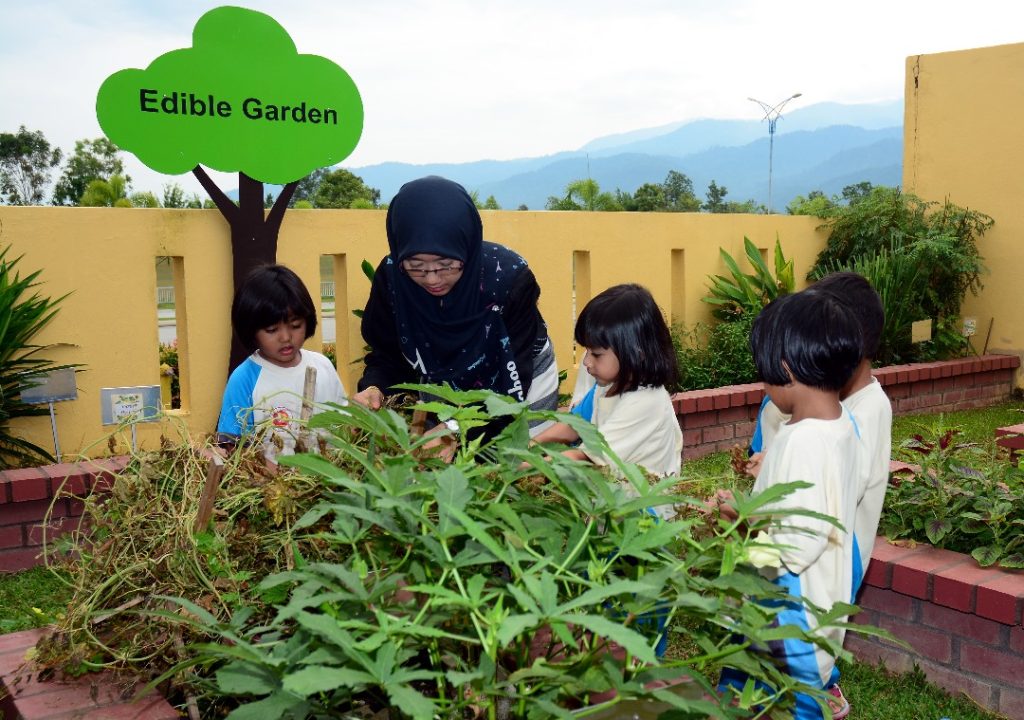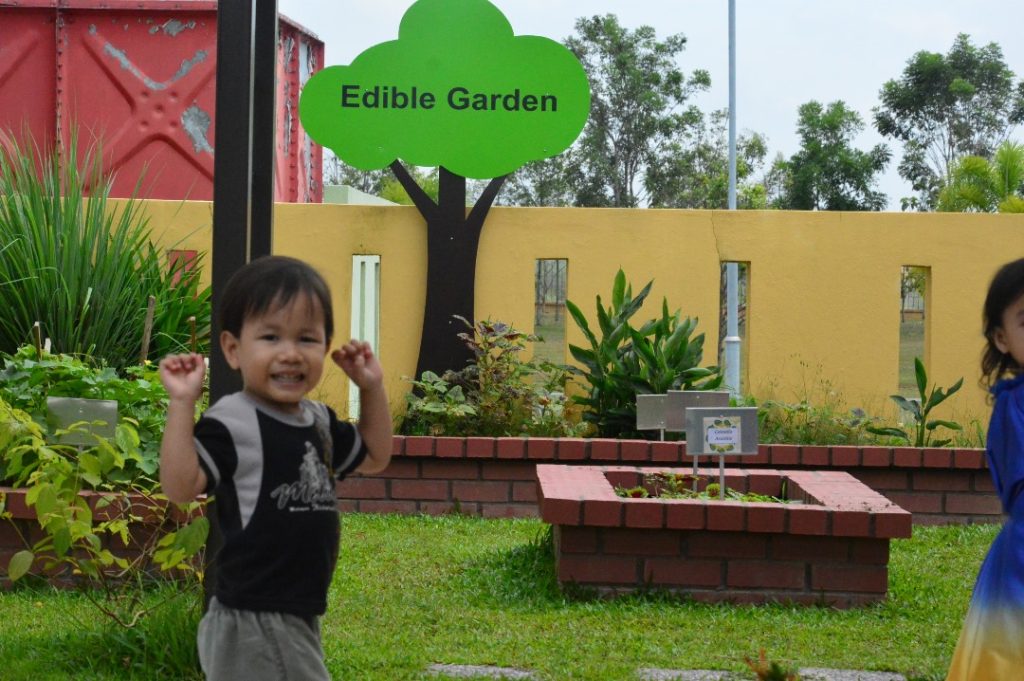
An “Edible Garden” at a nursery is a special type of garden where everything planted can be eaten—like fruits, vegetables, and herbs. It’s a wonderful place for children to learn about nature and the food they eat. Here are some key points about an edible garden at a nursery:
Learning by Doing: Children get to plant seeds, water plants, and eventually harvest the food. This hands-on learning helps them understand where food comes from and appreciate the effort it takes to grow it.
Sensory Experience: An edible garden provides a sensory playground. Kids can see the vibrant colors of vegetables and fruits, touch different textures of leaves and stems, smell the fragrances of various herbs, and eventually taste what they have grown.
Educational Benefits: The garden serves as a live classroom where lessons in science (like plant life cycles and photosynthesis), math (measuring plant growth), and even art (drawing plants or designing garden layouts) come to life.
Encouraging Healthy Eating: When children take part in growing their food, they’re more likely to be excited about eating greens and trying new vegetables and fruits, promoting better eating habits.
Environmental Awareness: It teaches children about the environment and sustainability. They learn how plants grow, the importance of water and sunlight, and how food growth impacts the environment.
Community and Cooperation: Working in a garden can also teach kids about teamwork and community as they work together to care for the plants.

